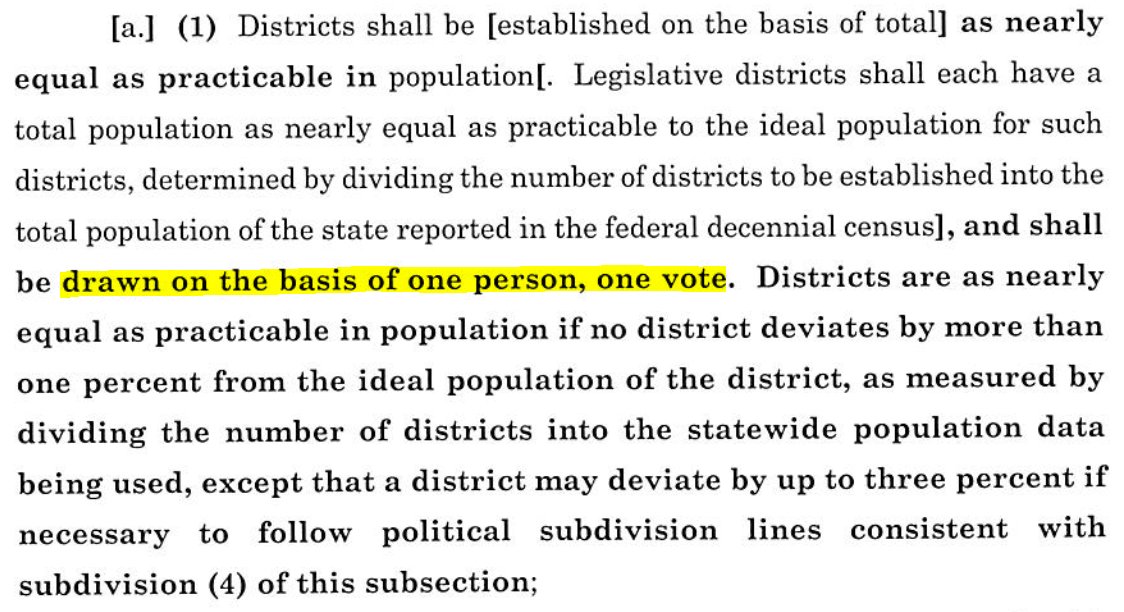
NEW: The Census Bureau — using government records and not the #2020Census results — estimates that the U.S. population as of April 1 was somewhere within the range of 330.7 million to 335.5 million people 

2. The U.S. population may have grown by as much as 8.7% since 2010, according to the Census Bureau's Demographic Analysis estimates based on gov't records.
My write-up on what these estimates mean for the #2020Census results, which are *not* out yet:
npr.org/2020/12/15/946…
My write-up on what these estimates mean for the #2020Census results, which are *not* out yet:
npr.org/2020/12/15/946…
3. People who died from COVID-19 before Census Day (April 1) were taken into account when the bureau worked on these estimates, said Eric Jensen, the bureau's senior technical expert for Demographic Analysis.
4. The #2020Census does not count U.S. residents who died this year before Census Day, but it does include residents who died on or after April 1, according to the Census Bureau's residence criteria. From the middle of page 2: www2.census.gov/programs-surve… 

5. Jensen said the Census Bureau team who produced the Demographic Analysis estimates used monthly data about deaths from the National Center for Health Statistics. 

6. In a tumultuous year that saw the #2020Census disrupted by the pandemic, historic hurricane and wildfire seasons and last-minute schedule changes by the Trump administration, any indicator of the count's precision is receiving intense scrutiny from census watchers.
7. One of the bureau's most pressing challenges right now is trying to resolve irregularities in this year's census records, which if left unfixed, could leave millions of people miscounted.
npr.org/2020/12/05/943…
npr.org/2020/12/05/943…
8. A particular concern among census watchers is whether the bureau has been able to count every resident once, only once, and in the right place.
The answer, however, won't be found in the Demographic Analysis estimates, which don't give breakdowns by state or local community.
The answer, however, won't be found in the Demographic Analysis estimates, which don't give breakdowns by state or local community.
9. The bureau is conducting the Post-Enumeration Survey — a sort of mini-census involving fewer than 200,000 households — to determine how the #2020Census may have miscounted U.S. residents.
But the first results of that survey are not expected to be out until November 2021.
But the first results of that survey are not expected to be out until November 2021.
10. In response to calls from the @AmstatNews task force and others, the Census Bureau says it's planning to release more quality metrics and allow independent experts to compare them with the #2020Census results in early 2021
https://twitter.com/hansilowang/status/1336052269842903040?s=20
@AmstatNews 11. But exactly when that will happen in 2021 remains an open question. The timing is entangled with Trump's bid to omit unauthorized immigrants from #2020Census numbers that the Constitution says must include the "whole number of persons in each state"
npr.org/2020/11/30/940…
npr.org/2020/11/30/940…
• • •
Missing some Tweet in this thread? You can try to
force a refresh

















